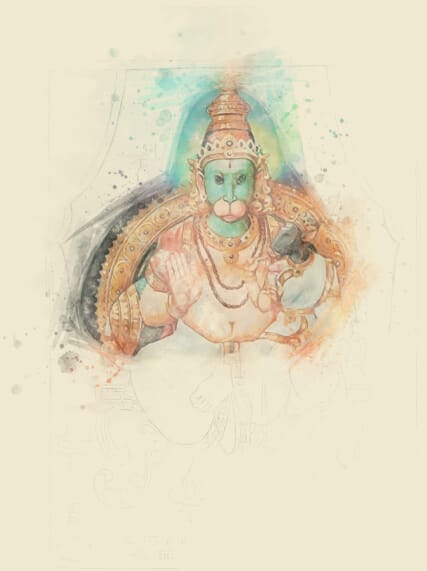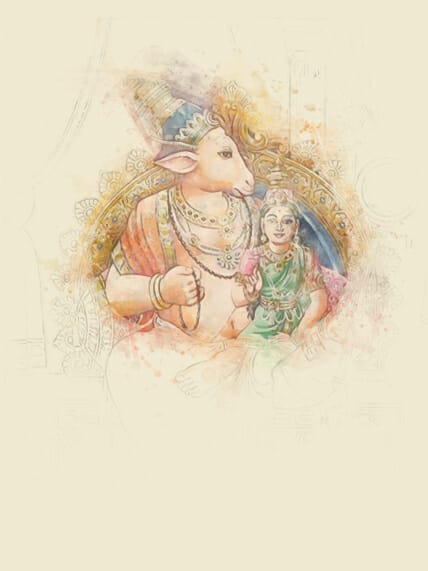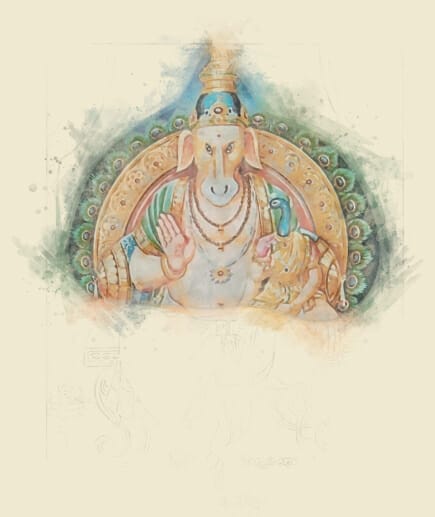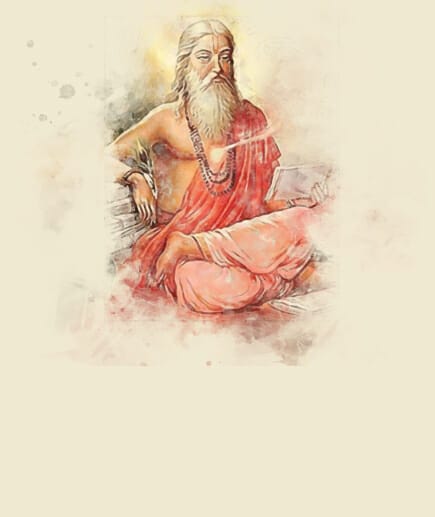
All the philosophical, moral and spiritual values preached by the Hindu religion are derived from the Vedic literature. Like Brahmins, many other sections of the Hindu society have also held the Vedas in high esteem. In fact, many of the charitable endowments created in India state that the objective of creating the endowments is to provide Veda dharma paripalanam.
Although we acknowledge the magnificence of the Vedas, much work is still to be done to ensure their preservation in modern times. Many Hindu associations and noble-minded individuals have worked tirelessly to spread the study of the Vedas, to establish Veda patasalas and to honour Vedic scholars.



